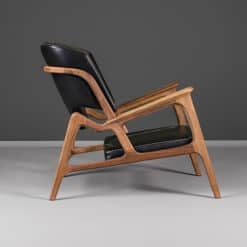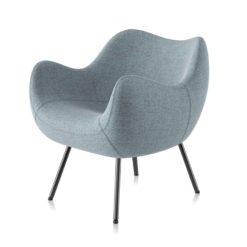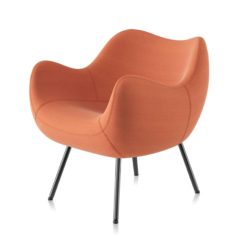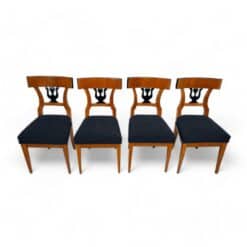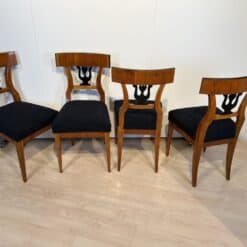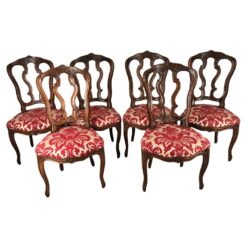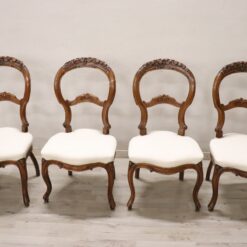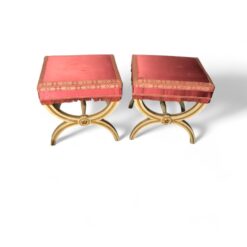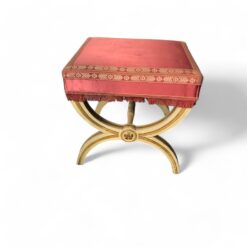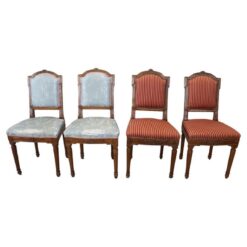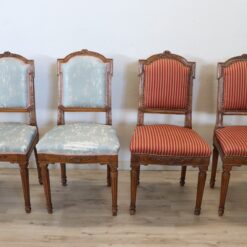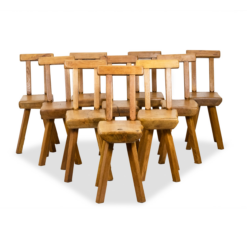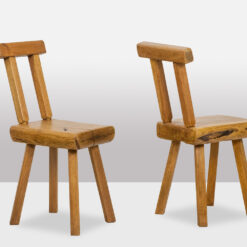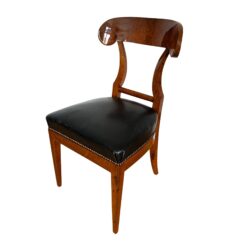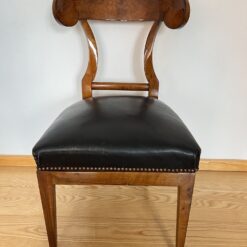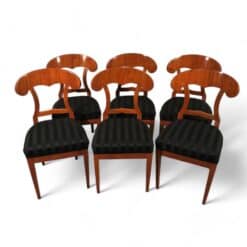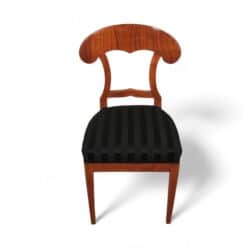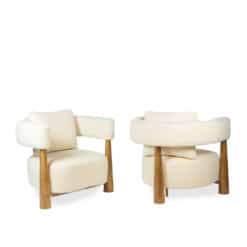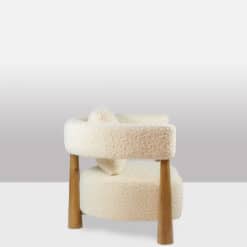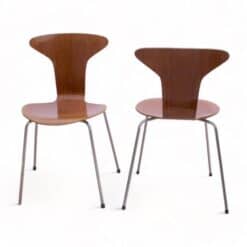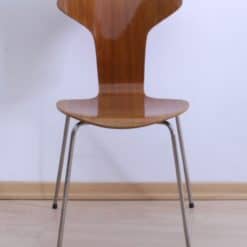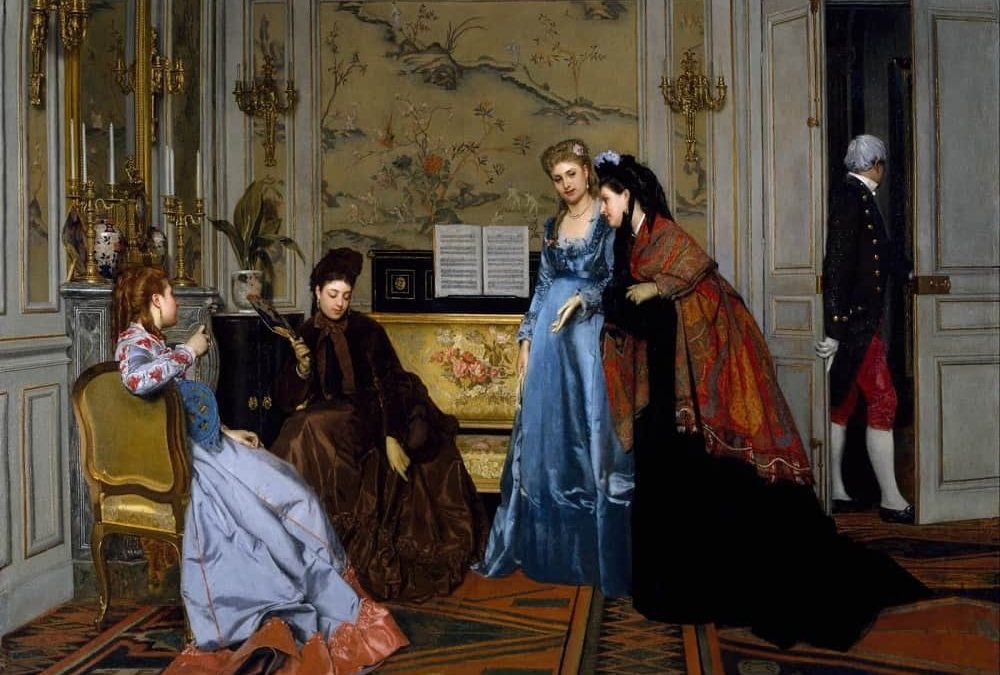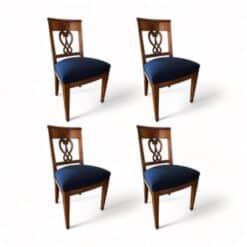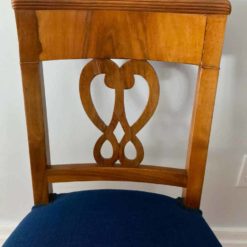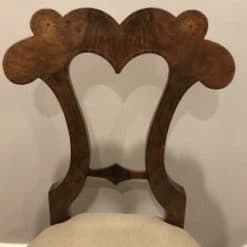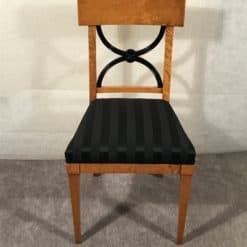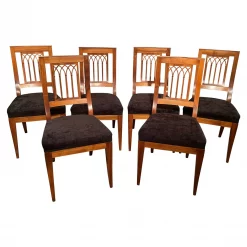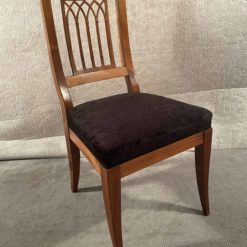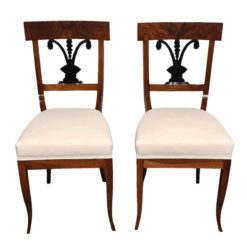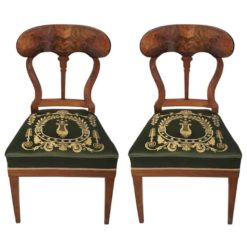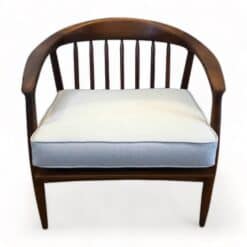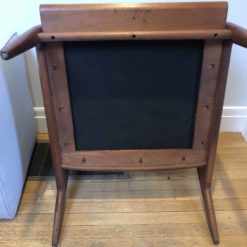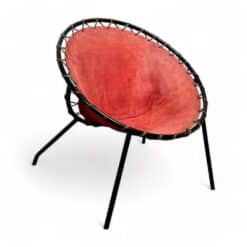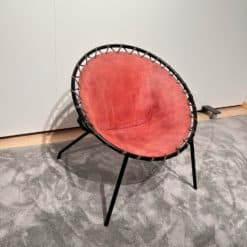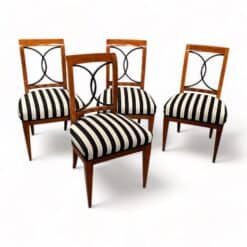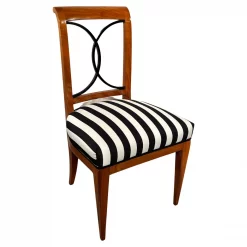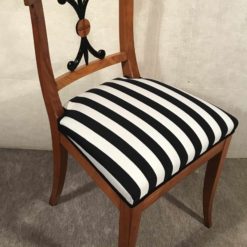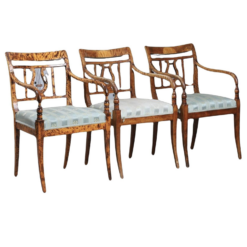Best Sellers
Furniture, How-To & Inspiration, Styylish History
From Stiff to Soft: How Seat Heights Changed Through the Centuries
When you sit down on an antique chair or sofa, you might notice something surprising: the seat feels higher, firmer, and more upright than the plush lounge furniture of today. This isn’t just coincidence. Seat height has always reflected how people lived, ate, entertained, and even dressed. Fashion—especially women’s gowns and skirts in the 18th and 19th centuries—played a major role in how furniture was designed.
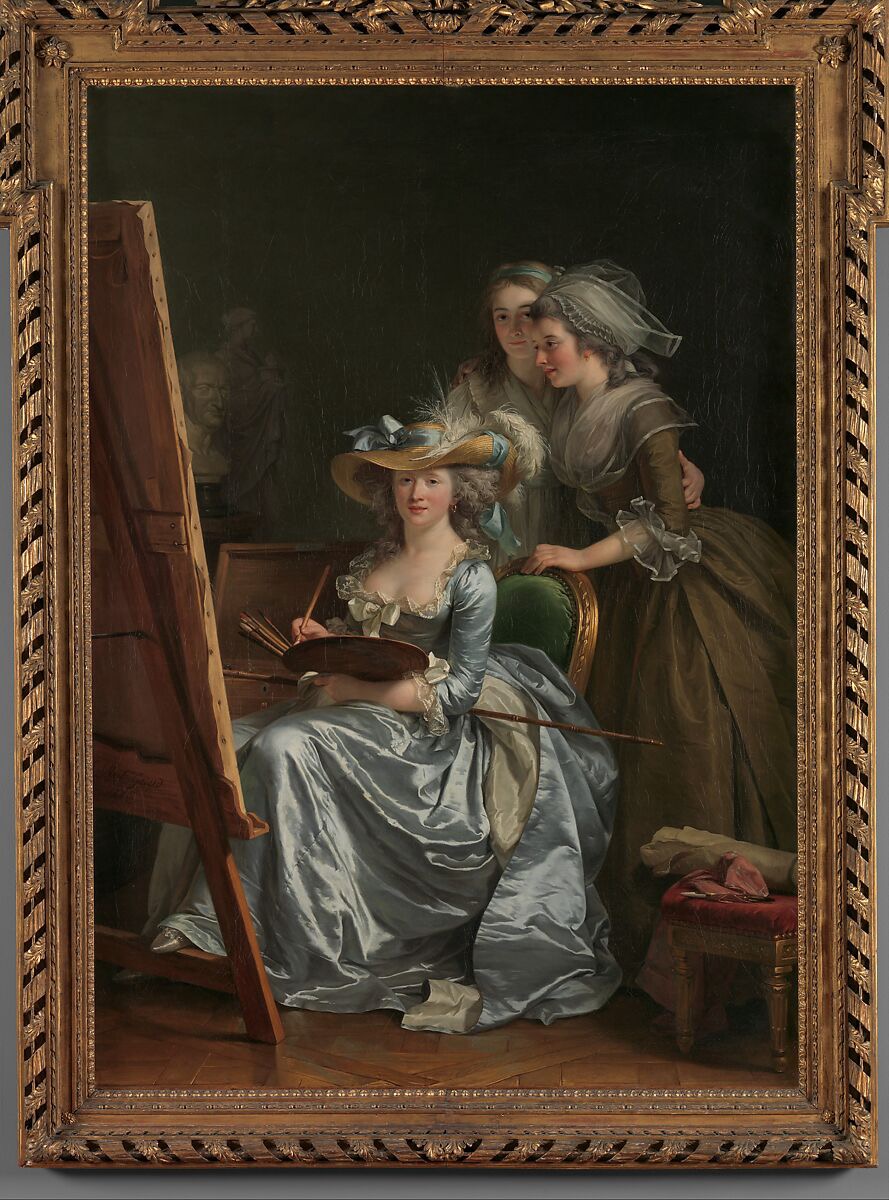
By exploring both style and function, we can better understand how seating evolved from the Baroque period to the 20th century, and how these differences affect how antiques work in modern interiors.
Baroque and Rococo: Formal Upright Seating
In the 17th and early 18th centuries, furniture emphasized grandeur and display. Baroque and Rococo chairs were crafted for aristocratic rituals: court ceremonies, formal dining, and conversation in ornate salons.
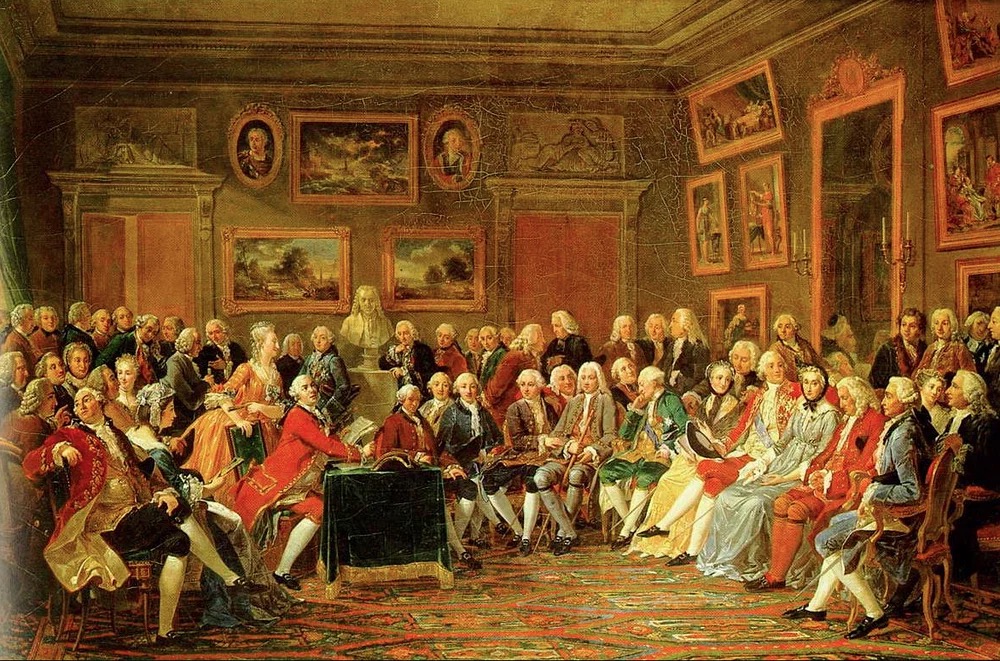
Seat heights in this period tended to be relatively high, often around 18–20 inches (45–50 cm). Combined with upright backs and elaborate carving, they promoted dignity over comfort. Sofas were still rare and, when present, were more decorative than functional.
Fashion and Function
Fashion reinforced this formality. Women’s gowns in the Baroque and Rococo eras often featured wide skirts supported by panniers. Sitting gracefully in such attire required upright posture and higher seats, so the skirts could drape elegantly without wrinkling or dragging on the floor. Low, deep furniture would have been impractical, even scandalous. Furniture design and fashion together created the visual theater of aristocratic life.
Neoclassicism and Biedermeier: Matching Tables and Chairs
By the late 18th century, Neoclassicism introduced cleaner lines and functional elegance. In the German-speaking world, the Biedermeier style (1815–1848) refined these ideas for middle-class homes.
Here, seat height had a practical purpose: chairs and sofas were often built to align with tables. Sofas were not lounging pieces, but active seating for reading, conversation, or even dining. Their seat height, generally around 17–20 inches (43–48 cm), reflected this multi-use role.
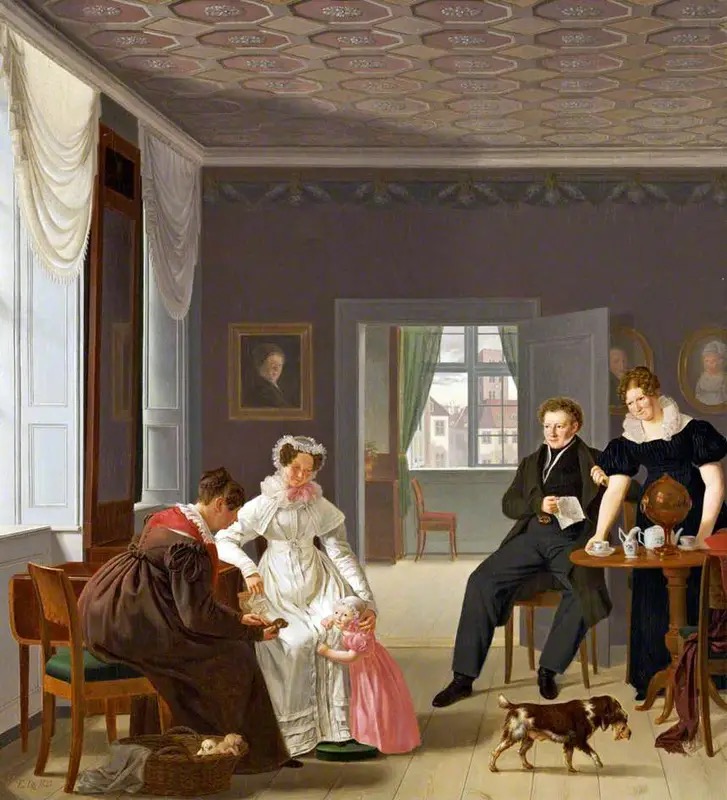
Fashion and Function
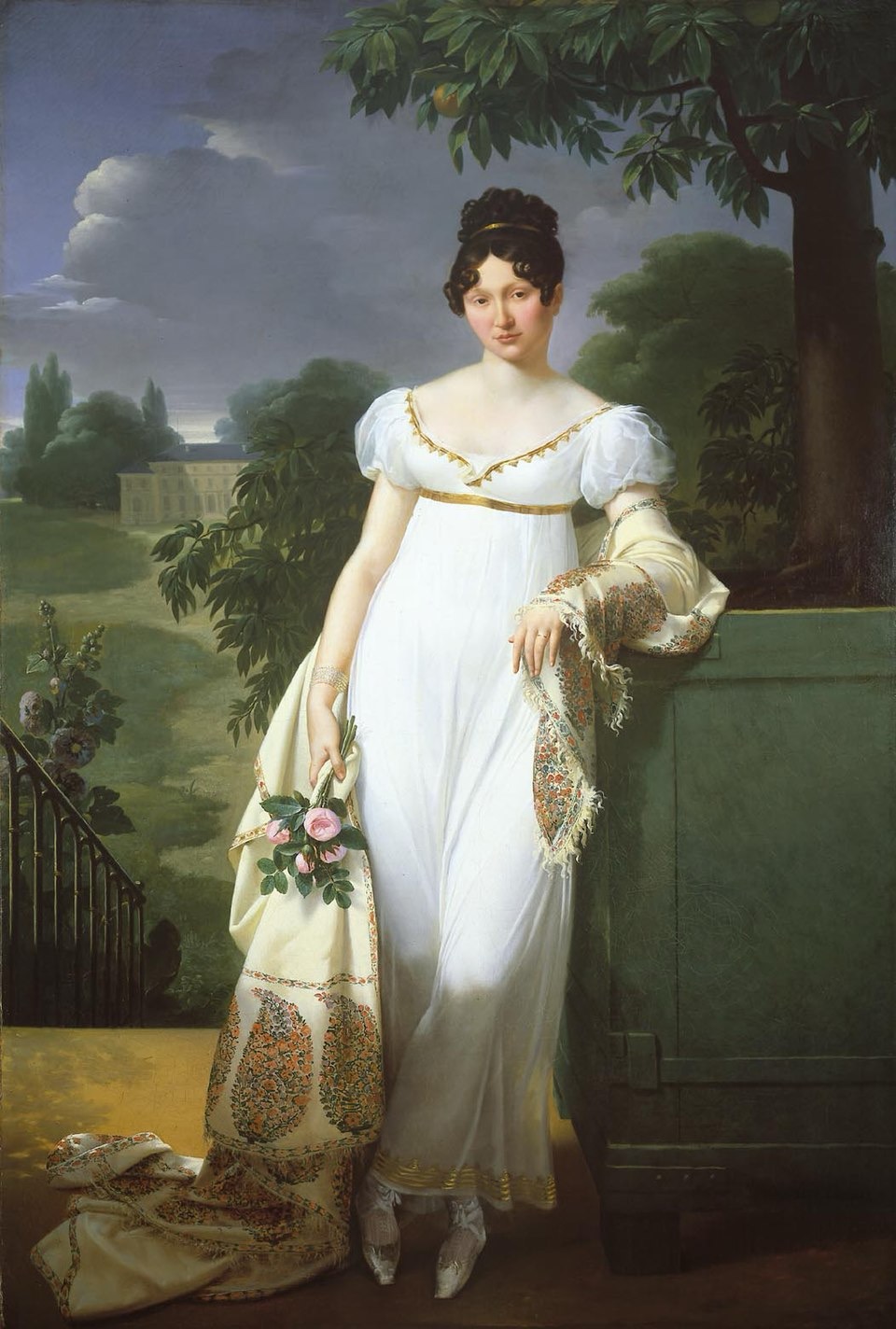
Fashion, too, was changing. The Empire style gown, with its high waistline and flowing, classical drape, made sitting more comfortable and less restrictive than in the Rococo period. Skirts were narrower, so women could sit with greater ease. Yet seating still remained relatively high and upright, matching the active and practical needs of the era.
Empire and Victorian: Comfort Meets Formality
The early 19th century Empire style expanded seating’s social role. Empire sofas featured robust frames, gilded details, and often decorative swan motifs. Their seat height still encouraged formality, though upholstery became richer and slightly more accommodating.
As the Victorian period progressed, domestic comfort became increasingly important. Middle-class homes emphasized parlors as social centers, where sofas and armchairs were designed for longer visits. Seat heights softened slightly, usually 16–18 inches (40–46 cm), but compared to modern lounge furniture, they still felt upright.
Fashion and Function
Clothing again influenced design. While early 19th-century gowns were light and narrow, mid-century fashion swung back to volume. Crinolines and later bustles added dramatic width and structure to skirts. Sitting in these garments required space and careful posture, keeping chairs somewhat higher and sofas firmer. A low, deep sofa would have been impossible with a skirt held up by layers of steel hoops and petticoats.
The 20th Century: The Lounge Revolution
The 20th century brought a radical break with tradition. Influenced by modernism, industrial production, and changing lifestyles, furniture became lower, wider, and more relaxed.
By the 1920s and 30s, Art Deco interiors featured stylish upholstered pieces with slightly reduced seat heights, around 15–16 inches (38–41 cm).
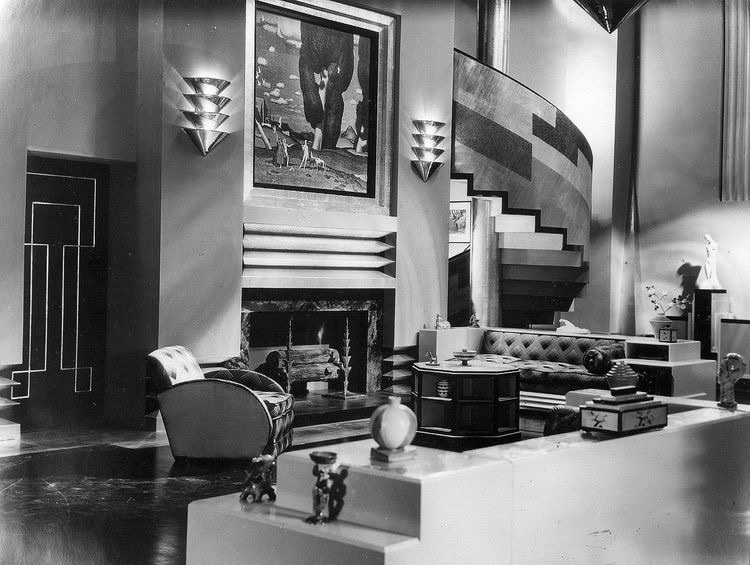
After World War II, designers like Charles and Ray Eames or Florence Knoll pioneered open living spaces furnished with low, deep lounge sofas. The modern sofa was no longer a formal perch—it was a place to sprawl, relax, and watch television.
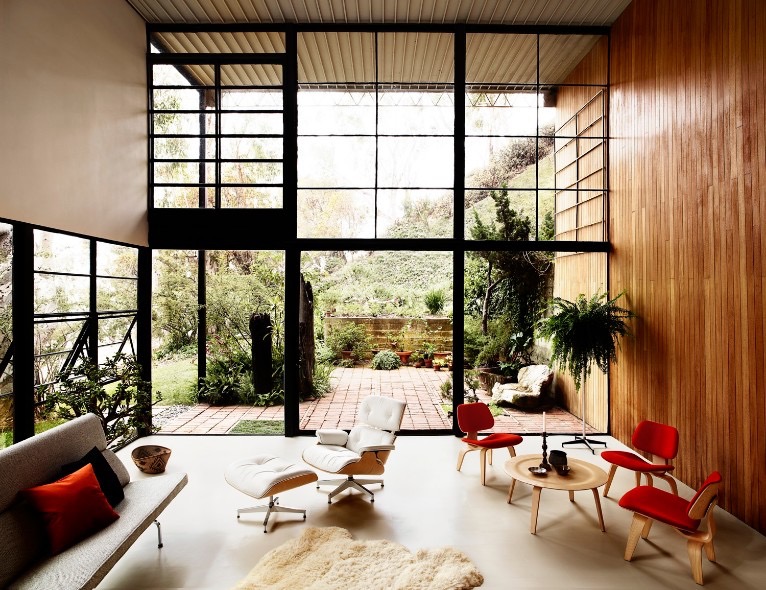
Fashion and Function
One reason for this transformation was fashion itself. By the early 20th century, women’s clothing had shed its restrictive structures. Corsets disappeared, skirts shortened, and fabrics lightened. Without wide crinolines or floor-length bustles, seating could become lower and deeper. People could comfortably sink into an armchair without worrying about ruining elaborate garments. In short, fashion freed furniture to become more casual.
Why Seat Height Matters in Modern Interiors
For collectors and designers, seat height is more than a technical detail—it determines how a piece functions today.
-
Pairing with tables: Antique chairs and sofas often sit higher, making them perfect with desks or dining tables, but more difficult to combine with today’s low coffee tables.
-
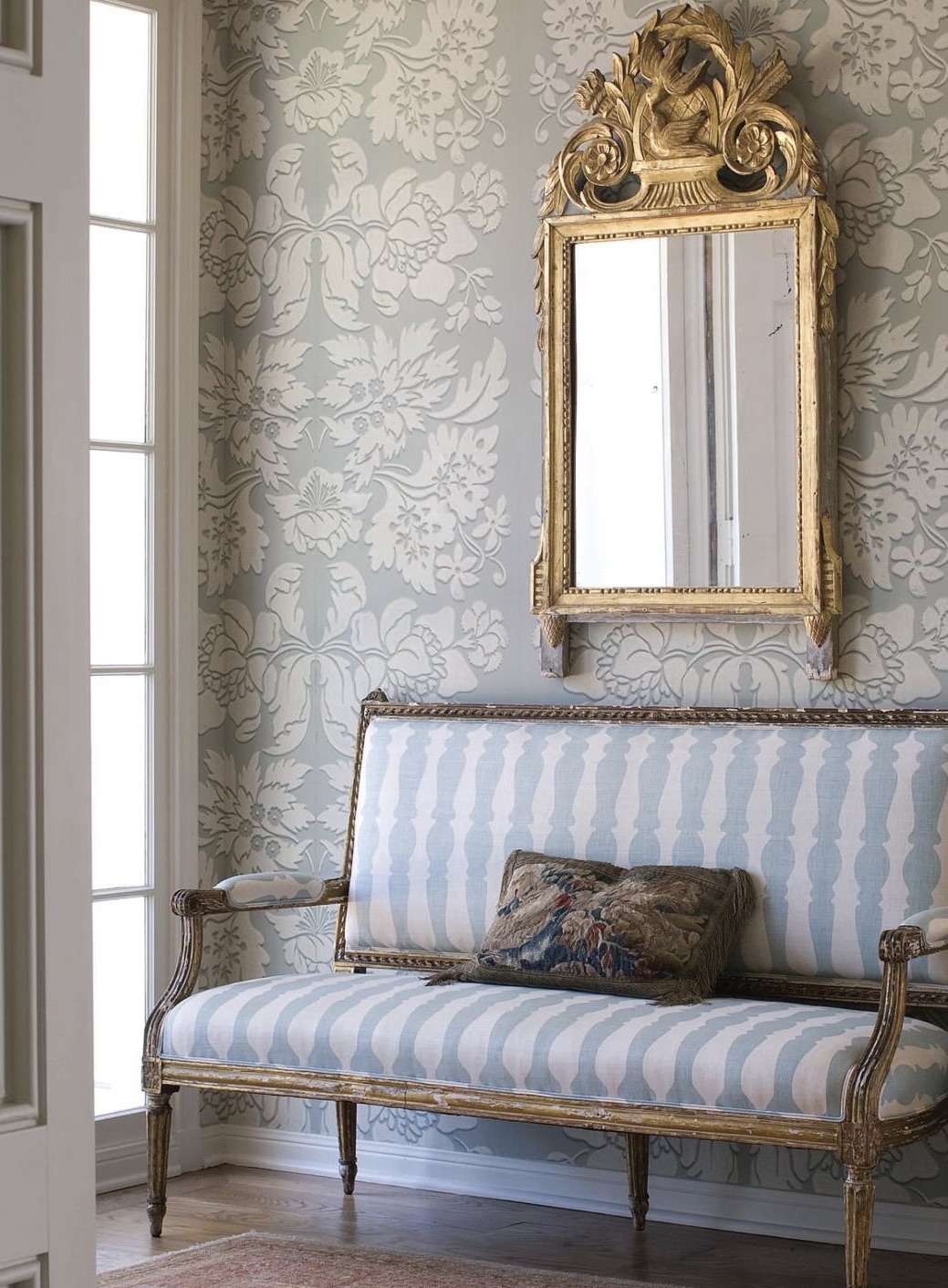
Louis XVI Settee with Louis XVI Mirror in an entryway Entryways and halls: Upright antique seating works beautifully as a functional accent in transitional spaces.
-
Conversation areas: Antique chairs mixed with modern lounge seating create contrast, balancing elegance with comfort.
-
Restoration choices: When reupholstering, it’s important to preserve original proportions. Lowering a seat to modern expectations can compromise authenticity.
Understanding seat height—and the fashion that shaped it—allows antiques to be placed where they shine both visually and practically.
Conclusion: Sitting with History
The evolution of seat height reveals how deeply furniture is tied to lifestyle and fashion. From the upright dignity of Baroque chairs designed for pannier skirts, to the table-height sofas of the Biedermeier era, to the bustle-friendly Victorian parlor, and finally to the relaxed lounges of the 20th century, every change reflected how people lived and dressed.
Antique chairs and sofas may not always invite us to curl up with a blanket, but that’s not their purpose. They carry the elegance and ceremony of their time, while reminding us of the ways fashion and furniture were once inseparable.
At Styylish, we celebrate these stories—details like seat height that connect antiques not just to design, but to the lives and wardrobes of the people who once used them. By understanding both history and fashion, we can place antiques in modern interiors with authenticity, beauty, and meaning.


